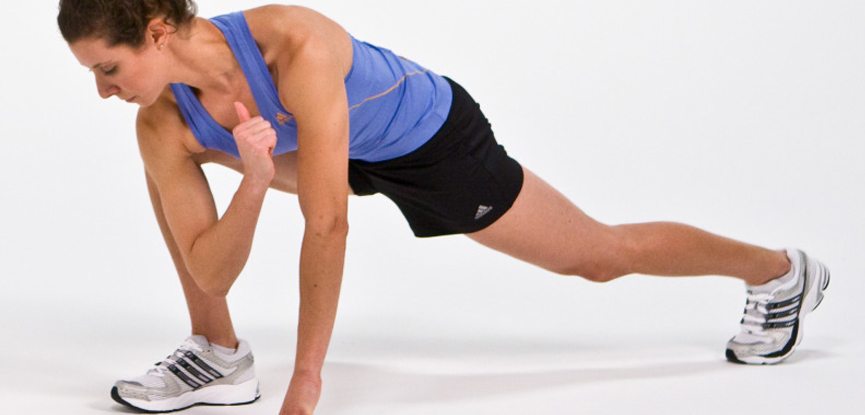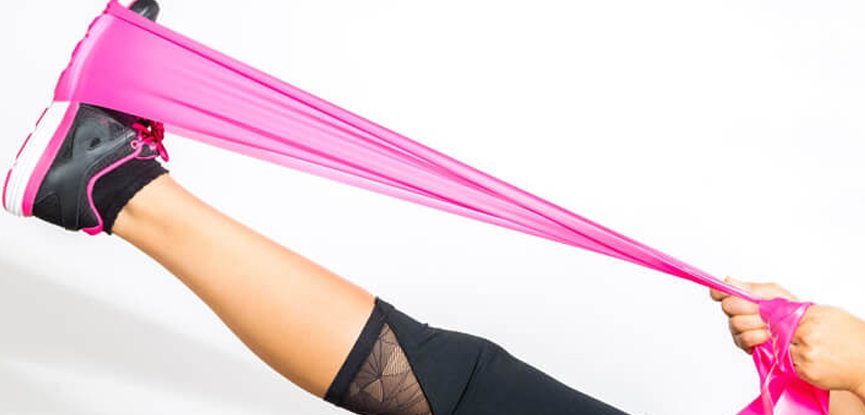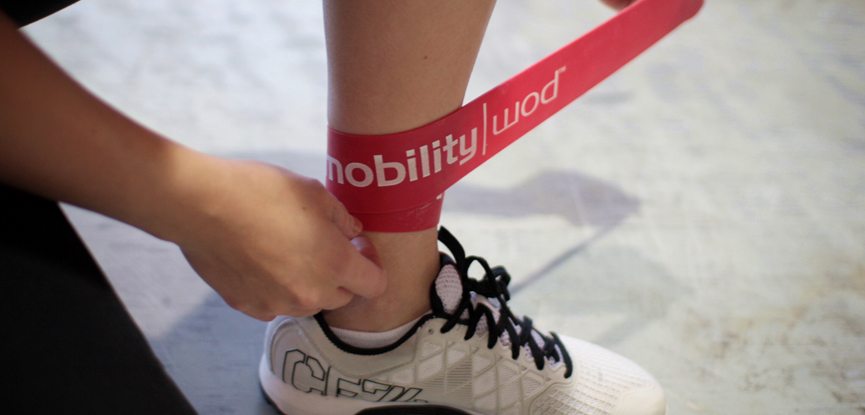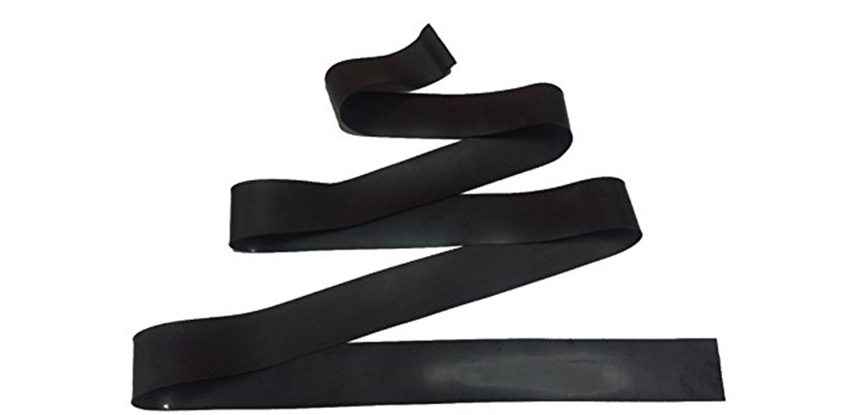Be in the Know
Elevate your industry knowledge with PT articles and insights crafted by experienced industry experts
If you’ve ever done any form of exercise in your life, it’s incredibly likely you’ll have experienced some extent of muscle tightness. It could’ve been a pain in your hamstring when running to reach a tennis ball, or some strain on your chest during push day at the gym.
What muscle tightness does is reduces the range of motion (ROM) of a joint, in turn increasing the chance of injury during physical activity. This reduced ROM can be caused by several factors, such as delayed onset muscle soreness (DOMS) and inactivity.
Knowing how to combat and prevent muscle tightness can be key to anyone engaging in physical activity, but particularly personal trainers. You don’t want to be missing sessions yourself if you pull a muscle during a demonstration, likewise you never want your clients to get hurt.
So how can we improve ROM? Let’s break down some techniques on stretching and how we can use resistance bands to help muscle tightness.
One of the first things you learn in sport is to stretch before you do anything, so this should feel quite familiar.
An example of an effective stretch would be the leg swing. This is performed by swinging your leg forward, keeping it straight, while trying to achieve maximum height of the swing. In turn, this gives a stretch to the hamstrings and hip flexors.
The movement is done in an exaggerated manner in order to achieve maximum active ROM and usually accompanied by leaning against the wall in order to keep balance while performing the movement. This type of stretch also contributes to the increase of passive ROM. (Kochan, 2016)

Dynamic stretching is excellent for pre-workout, especially before performing explosive movements such as jumping or running. Static stretching is a possibility, however it has been suggested that it could lead to decreased power generation as well as weakened muscles. (Page, 2012)
The popular myofascial release method might be an answer for a quick release in stiff muscles during pre-workout, especially for those whose exercise discipline requires more explosive movement and flexibility. While this method is often associated with the foam roller as a way to release tension in the deep myofascial layer, resistance bands might be able to help as well.
The resistance band is usually seen as a recovery tool to safely strengthen joints that were once weakened, engage certain ‘hard to reach’ muscles or reduce muscle imbalance. It can however be used as a tool for SMR (self-myofascial release).

Myofascial release is a pressure method where one can find a pressure point to release tension in the muscle, specifically in the layer of deep fascia. This happens because of the muscle’s structure, which prevents it from breaking by releasing under pressure. For more details about myofascial release, take a look at this introduction to fascia and MFR.
In order to use the resistance band for myofascial release, take the resistance band wrap it around a limb. It is important to point out that the band must not be looped so you can wrap it.
Wrapping the band around the muscle in question with 60% to 75% tightness and moving the muscle in all directions will produces two major effects. Firstly, it will slightly restrict blood flow.

This will cause an anabolic effect on the muscle and rest of the limb causing greater muscle growth. Specifically, this will activate fast twitch over slow twitch muscles if used during training. Usually, slow twitch muscles first activate when performing a task and only once they get fatigued do the fast twitch come into play.
Restricting blood flow will cause slow twitch fibres to get fatigued even faster, forcing the fast twitch to be recruited earlier. This way, you can also use the band (Takarada, 2000).
One recommendation would be using this method at the end of the warmup as it is safer when using lighter weights in order to activate fast twitch fibres, yet at the same time is forcing your body to work hard on controlling movement. For example, while performing deadlifts the quadriceps can be pushed more with a significantly lighter weight.
Secondly, it will cause myofascial release thus helping reduce muscle stiffness as well as help restore tissue that is matted down. Reduced muscle stiffness naturally leads to easier movement and in turn greater power generation.
A negative to the above method is that the effects are temporary, lasting for a couple of hours or so. The technique can be used before and after a workout in order to release tension. You can use the resistance band this way and, at times, even during a workout in case some muscles get too tight and can’t move effectively.
Another downside to this technique is that it can be hard to wrap a resistance band around particular muscle groups, for example the glutes. Luckily, the foam roller can cover the rest of the muscles that the band can’t.

Compressing the muscle does not reduce its effectiveness or stability, but can give that extra push, or better yet release, needed to finish a certain exercise. The temporary effects are probably due to the continuation of normal use of the muscles, similar to the temporary effects of a massage.
Further research is needed in order to conclude how exactly does this compression method works. However, some speculate that the release method would increase relative peak power output, average power output and minimum power output following myofascial release method. (Janot 2013)
In conclusion, using the resistance band for compression is great in cases where there is a need for it pre-workout. It would be beneficial to get to the gym 15 minutes prior to an activity to reap the benefit of this compression method.
References:
Phil Page (2012) Current Concepts in Muscle Stretching for Exercise and Rehabilitation, PubMed Central (PMC)
Takarada Y, Takazawa H, Sato Y, Takebayashi S, Tanaka Y, and Ishii N. (2000) Effects of resistance exercise combined with moderate vascular occlusion on muscle function in humans. J Appl Physiol 88: 2097–2106.
Kochan B. (2016) Active vs. Passive Range of Motion, Hearst Newspapers LLC
Janot J. et. al. (2013) Effects of Self Myofascial Release and Static Stretching on Anaerobic Power Output, Journal of Fitness Research, 2: 41-54.
Further reading:
MacDonald GZ, Penney MD, Mullaley ME, Cuconato AL, Drake CD, Behm DG, Button DC. (2013) An acute bout of self-myofascial release increases range of motion without a subsequent decrease in muscle activation or force.J Strength Cond Res. 27(3):812–21
Renan-Ordine R, Alburquerque-Sendín F, de Souza DP, Cleland JA, Fernández-de-Las-Peñas C. (2011) Effectiveness of myofascial trigger point manual therapy combined with a self-stretching protocol for the management of plantar heel pain: a randomized controlled trial.J Orthop Sports Phys Ther. 41(2):43–50.
Back to articlesAnd get the fast-paced world of personal training delivered straight to your inbox every week
Great news, you're on the list...